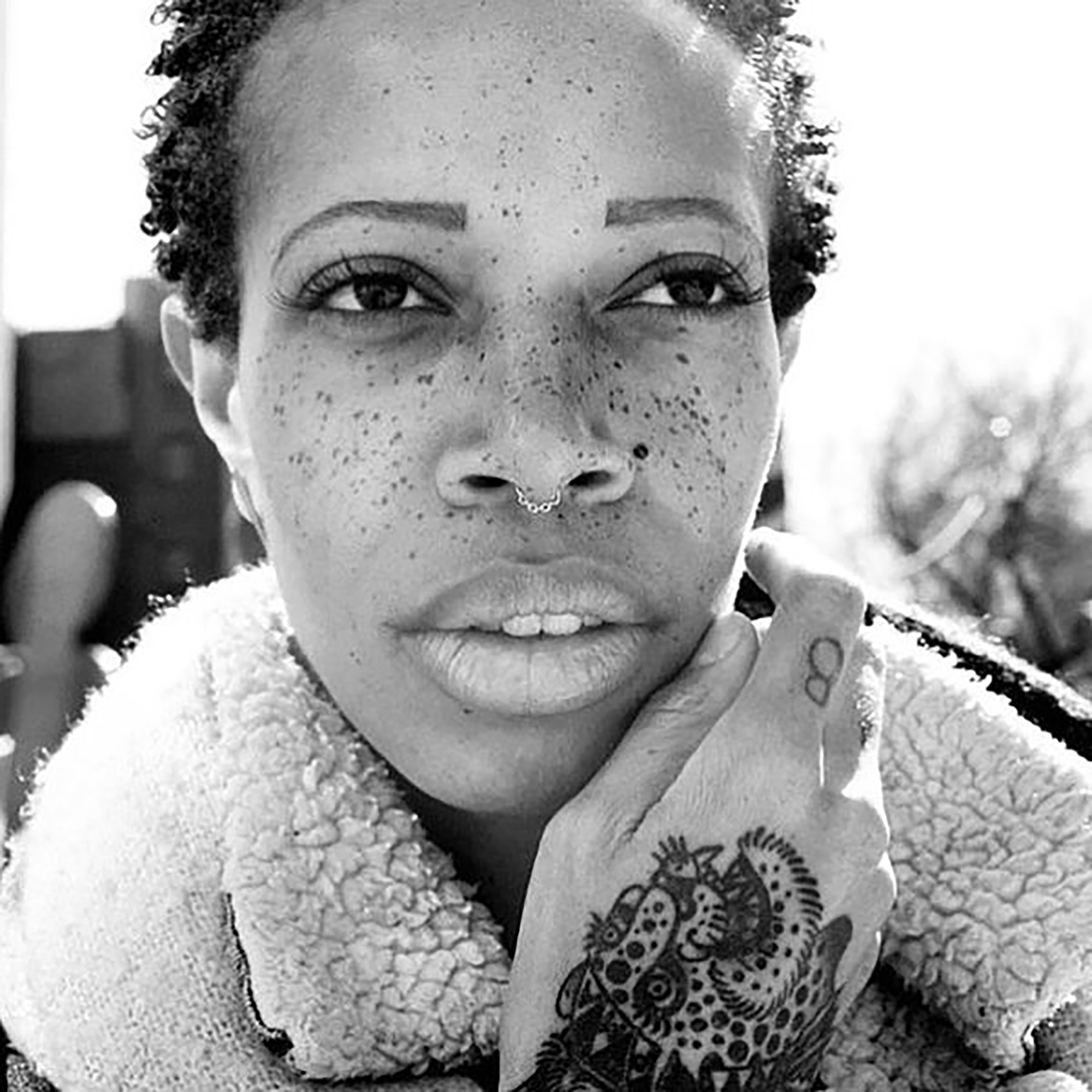RD: How do you go about trying to make it feel special for each person?
JCS: Well I’m lucky because the people are always changing. I think piercings tend to transcend different types of people you know; different sexes, races, and classes. I find that when I meet these people, they’re in a kind of vulnerable state, so I really just try to put myself in their place and feel what they’re feeling, then I play off that. I find that people give me little threads of information that they want me to pull on. They start out really nervous and tight and compressed, but the more I pull on that thread, the more they start to open up.
RD: There’s quite a lot of trust involved, so I feel like that sense of empathy would be really important in making people feel at ease.
JCS: Yeah and I think it feels organic, but there’s a little bit of psychology in there and it’s really interesting to get inside people’s heads. Especially with a stranger — they don’t really have anything to lose by talking to me and telling me about their problems with their boyfriend or whatever’s going on in their life. We just kind of get deep quick.
RD: I know that you fell into piercing quite naturally, but what is it that’s continued to intrigue you about the craft over the years?
JCS: I think more than anything it is the connection and the people. I guess it becomes a little bit addictive. I think now that I’m becoming more in tune with energy — and there is a lot of that, especially with anxious people, who are emitting this very intense energy — I can feel whatever they’re feeling. So when I do that piercing, I’m real close in a person’s energy field and feel kind of like I’m going through what they’re going through.
RD: I wanted to ask you about intuitive piercings. Not so much the ‘fashionable’ ones, but those ones that people are drawn to without really knowing why. Does that happen very often?
JCS: Yeah, quite a bit. I think we’re actually very connected as human beings, but we’ve kind of dulled our senses over the years. I find that aesthetically when I pierce, all I’m doing is looking at the anatomy and finding the most organic place to put jewellery; the body just kind of opens up. I think certain people have that same sense themselves; there’s probably an intuitive medicine behind it.
RD: How do you go about trying to make it feel special for each person?
JCS: Well I’m lucky because the people are always changing. I think piercings tend to transcend different types of people you know; different sexes, races, and classes. I find that when I meet these people, they’re in a kind of vulnerable state, so I really just try to put myself in their place and feel what they’re feeling, then I play off that. I find that people give me little threads of information that they want me to pull on. They start out really nervous and tight and compressed, but the more I pull on that thread, the more they start to open up.
RD: There’s quite a lot of trust involved, so I feel like that sense of empathy would be really important in making people feel at ease.
JCS: Yeah and I think it feels organic, but there’s a little bit of psychology in there and it’s really interesting to get inside people’s heads. Especially with a stranger — they don’t really have anything to lose by talking to me and telling me about their problems with their boyfriend or whatever’s going on in their life. We just kind of get deep quick.
RD: I know that you fell into piercing quite naturally, but what is it that’s continued to intrigue you about the craft over the years?
JCS: I think more than anything it is the connection and the people. I guess it becomes a little bit addictive. I think now that I’m becoming more in tune with energy — and there is a lot of that, especially with anxious people, who are emitting this very intense energy — I can feel whatever they’re feeling. So when I do that piercing, I’m real close in a person’s energy field and feel kind of like I’m going through what they’re going through.
RD: I wanted to ask you about intuitive piercings. Not so much the ‘fashionable’ ones, but those ones that people are drawn to without really knowing why. Does that happen very often?
JCS: Yeah, quite a bit. I think we’re actually very connected as human beings, but we’ve kind of dulled our senses over the years. I find that aesthetically when I pierce, all I’m doing is looking at the anatomy and finding the most organic place to put jewellery; the body just kind of opens up. I think certain people have that same sense themselves; there’s probably an intuitive medicine behind it.

